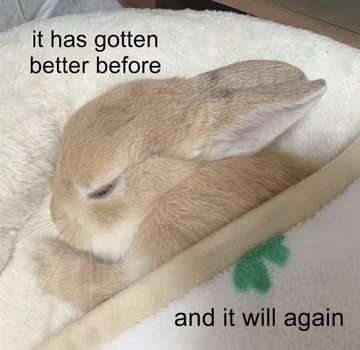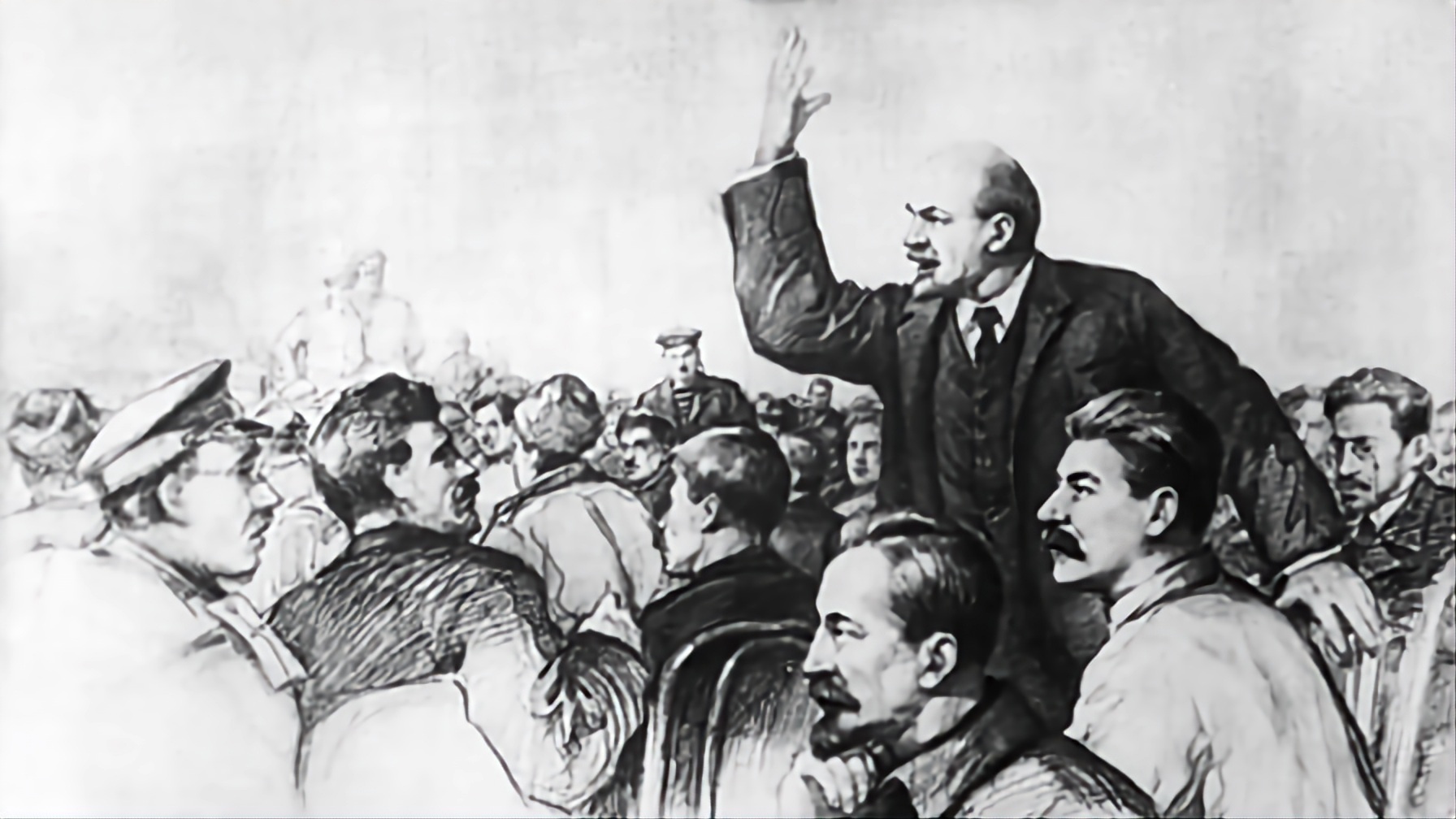

 chapter 6
chapter 6


 chapter 6
chapter 6


Another listen and many tears later, the best I can do is like… this song is the essence of depression, and even though we had radically different lives, his lyrical descriptions hit me like a bullseye, the first time I heard it I was shocked at how I instantly and fully related to it. I’m crying bc I understand this pain and the deep tragedy of how isolating it is even though there are countless others who feel it too, and how the very nature of this pain pushes us away from the ones who would help us out of it. And this is lived all day every day by so many of us, not just talented artists…
The song is so overwhelmingly sad, there’s not much hope or positivity to take from it directly… but it seems to have touched the hearts of millions like me, and it makes me want to be better, as trite as that may sound


Desperately needing a good cry rn and happened to listen to Mac Miller - Good News… yeah that worked. Hard to process exactly how it’s hitting me… my demons aren’t the same as his were, but they cast the same shadow…


Biden warning us about the “incoming” oligarchy like a guy who got hammered drunk after a full day of eating USian fast food, obliterated your bathroom, broke the toilet seat, clogged the sink with vomit, then strutted out like “heh I wouldn’t go in there if I were you”

All good, no need to apologize. You have a valid concern, and I agree these examples aren’t the same, but IMO only by degrees of magnitude. I guess I’m just over giving a damn what others think about this stuff. Let me say sorry for coming off so prickly.

I think you understood the point I’m getting at, which, to your credit, you delivered more eloquently in your second paragraph than I’ve managed to do so in any of my comments in this thread.

Just curious, do you worry that wearing a mask in public to protect yourself might be construed as unprofessional to these same “corporate types?”

Yes to both

Alright then, you do you… I just spell it out real quick, takes about 5 seconds, and if they laugh it’s a great icebreaker to take another 5 seconds to plant a little seed in their head about taking back control of our digital lives. Some people are really receptive to this.

I’m not going to be giving people an email address that ends in Tuta or Tutamail, especially verbally.
You’re really over thinking this if you believe even 10% of the people you interact with give a single fuck about a silly domain name


Who’s your audience?
I haven’t kept up with him in a while but Dr. Glaucomflecken is /was good but seems aimed at other health care professionals. If that’s your intent, I don’t mean to be a wet blanket but Dr. G I think already has that lane covered.
If your audience is the general public then deal with topics relevant to them instead. Why you pay more for less every year. How to fight back, within the system and without. If I were doing it I’d point a big fucking spotlight at the leaders who have the power to fix it but refuse. They have names and addresses. Good luck.
Edit: reading comprehension failed me… other HCPs will already know about this… leaving this up, look upon my shame!
More on topic: If I were doing this I’d also highlight the extreme moral/ethical implications of healthcare being a “business” in the first place and how that will always lead to putting profits over people.


Pure tragedy to consider every dollar, every hour of labor, every second of time spent on this instead of providing healthcare to people who don’t have it. Least serious country.


Someone also mentioned this tactic on the recent Rev Left Radio ep on the fires. Great point.


From the beginning fire has defined Malibu in the American imagination. In Two Years Before the Mast, Richard Henry Dana described sailing northward from San Pedro to Santa Barbara in 1826 and seeing a vast blaze along the coast of José Tapia’s Rancho Topanga Malibu Sequit. Despite—or, as we shall see, more likely because of—the Spanish prohibition of the Chumash and Tong-va Indian practice of annually burning the brush, mountain infernos repeatedly menaced Malibu through the nineteenth century.
But the pressure during the 1920s boom to open the coastal range to speculative subdivision was unrelenting. In the hyperbole of the era, occupation of the mountains became Los Angeles’s manifest destiny. “The day for the white invasion of the Santa Monicas has come,” declared real estate clairvoyant John Russell McCarthy in a booklet published by the Los Angeles Times in 1925. In anticipation of this land rush, the county sheriff had been arresting every vagrant in sight and putting them to work on chain gangs building roads through the rugged canyons just south of Rancho Malibu. (Radical critics at the time denounced this system as “deliberate real-estate graft” meant only to enhance land values in mountain districts “which the population of this city does not even know exists.”)
This essay gave me a lot to chew on, and I wanted to highlight these two excerpts in particular (bolded emphasis mine). Thanks for sharing. I don’t think a “fuck settlers” captures the magnitude of what I’m feeling but it’ll have to do for now.


Thank you. Please forgive, I didn’t intend to imply aesthetics fix everything despite my comment appearing so.


Where can I read more about this topic


Submitting the “President Trump has formally extended a PERSONAL invitation to YOU!” mass donation email as evidence he and I are true best friends


Yes… severe storms and tornadoes are unfortunately a factor where I live. I’ve seen neighborhoods here that look just as ruined as the one in the photo, sans ashes… and of course most of the new construction is lumber frame. I even saw a 4 story apartment building go up last year, all lumber. Seemed wild to me. One of the many ill effects of housing being considered a commodity instead of essential to human life, I guess.


Makes sense to me, thanks. That last one though… Not sure if crawlspace foundations are common there but if so I bet their vents were open. That’s horrifying to imagine embers blowing in and turning your crawlspace into a bellows
Not thinking is kinda their whole thing to be fair